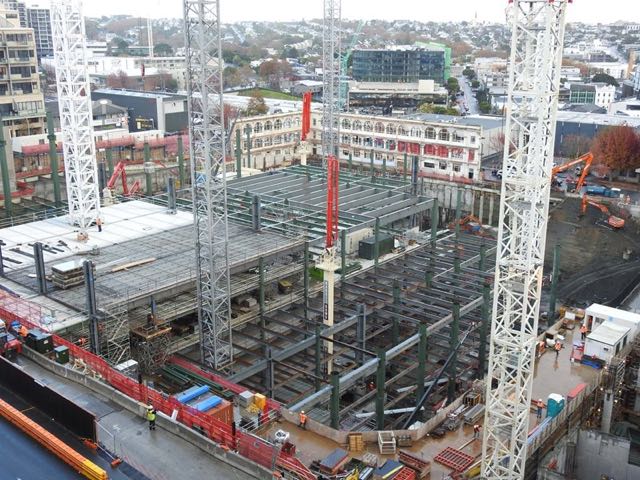 12th April 2024 Data / Hotels
12th April 2024 Data / HotelsThe value of building consents issued for hotels, motels and other short term accommodation for February 2024 was $8m, a decline of 65.2% from the same month last year.
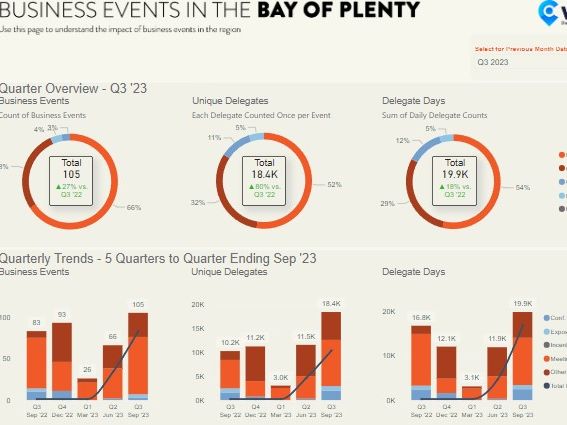 8th March 2024 Data / TBOP
8th March 2024 Data / TBOPTourism Bay of Plenty has launched a new Destination Insights Dashboard providing data on key aspects of the region’s visitor economy.
 16th February 2024 Data / Stats NZ
16th February 2024 Data / Stats NZInternational visitor arrivals in December 2023 equated to 79.3% of that seen in the same month in pre-Covid 2019, according to the latest international travel data from Stats NZ.
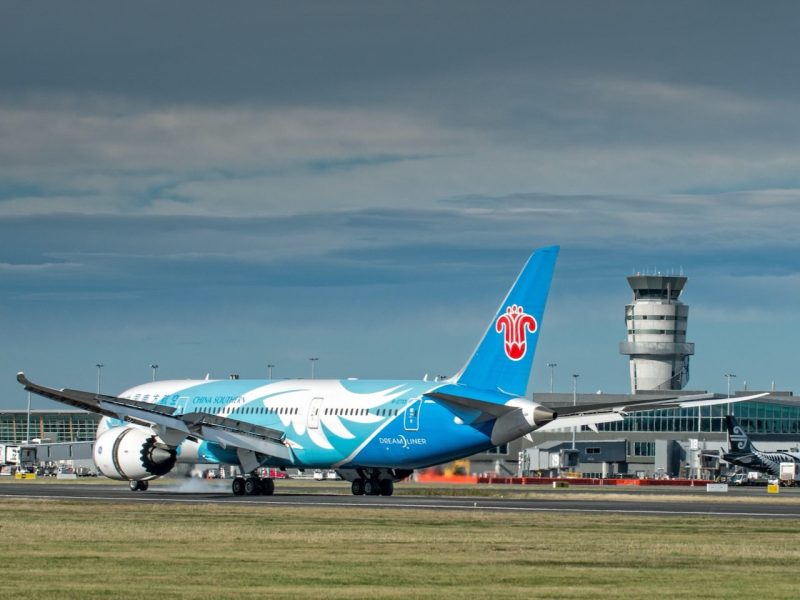 13th February 2024 Data / Spending
13th February 2024 Data / SpendingThe appetite for international travel has picked up but there are no evident trends in confidence, according to Tony Alexander’s first spending plans survey in January 2024.
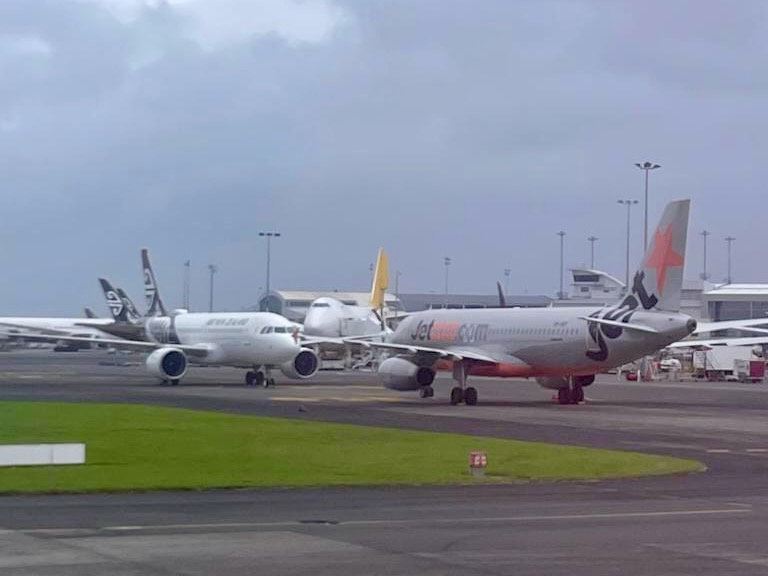 24th January 2024 Auckland Airport / Data
24th January 2024 Auckland Airport / DataDecember passenger numbers at Auckland Airport reached 1.7 million, an 89.5% recovery of almost 1.96 million seen during the same month in pre-Covid 2019.
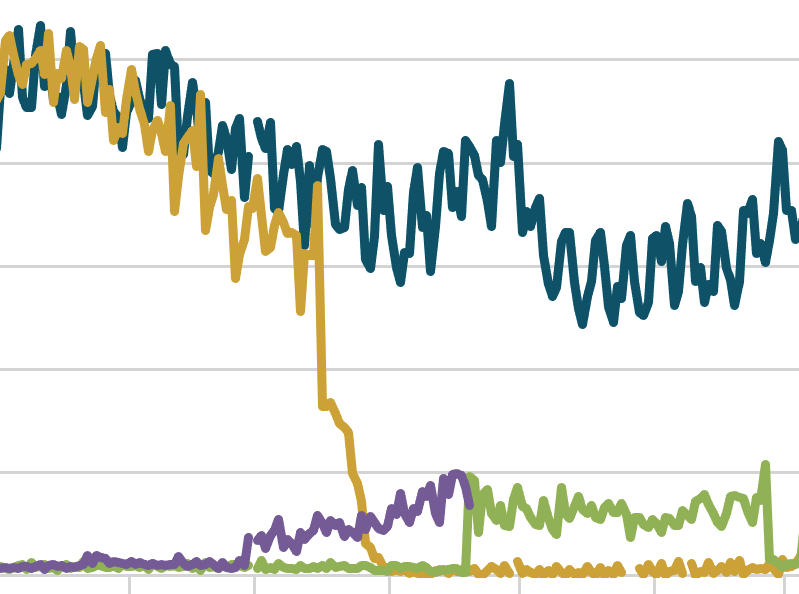 18th January 2024 Data / TDLG
18th January 2024 Data / TDLGThe Tourism Data Leadership Group is seeking ongoing support from the International Visitor Conservation and Tourism Levy and a new industry partnership fund to help improve data in the sector.
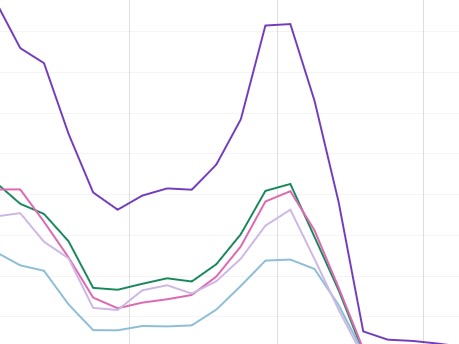 18th January 2024 Data / MBIE
18th January 2024 Data / MBIEA user survey is being prepared for tourism stakeholders to help assess the Monthly Unique Regional Population Estimates.
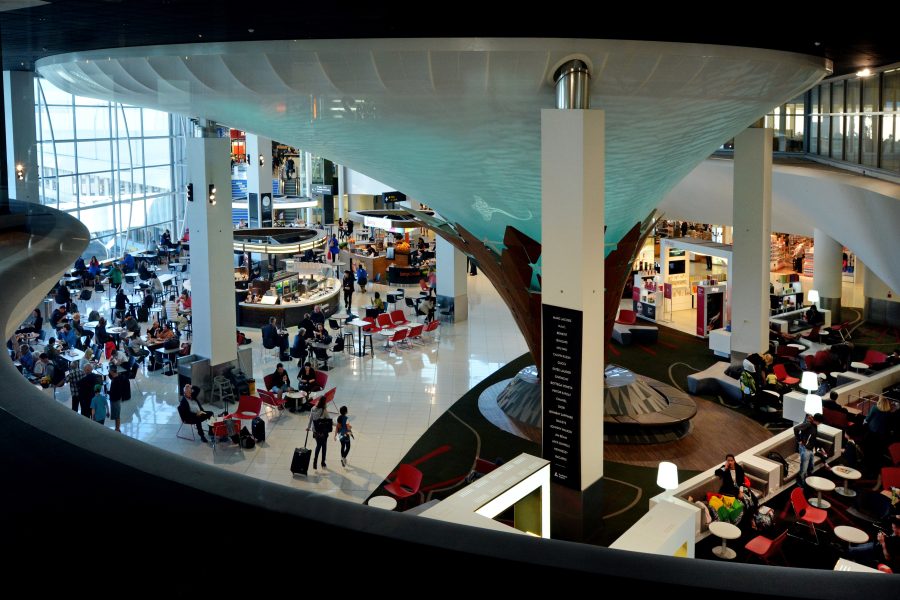 15th December 2023 AIAL / Data
15th December 2023 AIAL / DataPassenger movements at Auckland Airport reached almost 1.58 million in November, an 88.8% recovery from that seen in the same month in pre-Covid 2019.
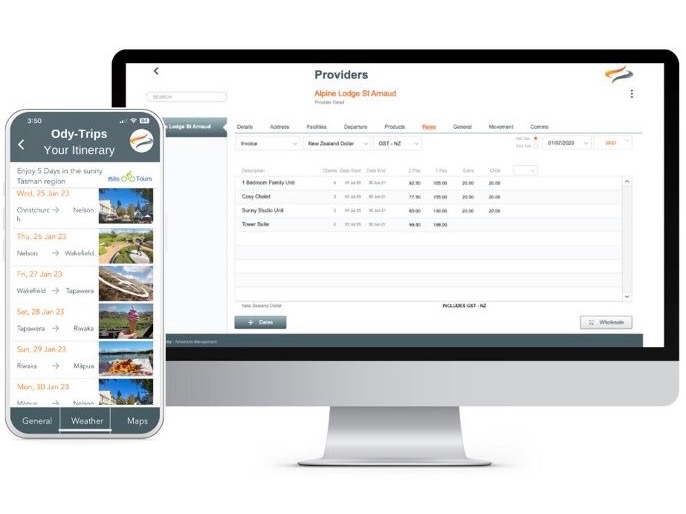 8th December 2023 Data / Technology
8th December 2023 Data / TechnologyTourism software developer Creative Technology NZ has expanded into the US market with its Odyssey product for multi-day tour operators.
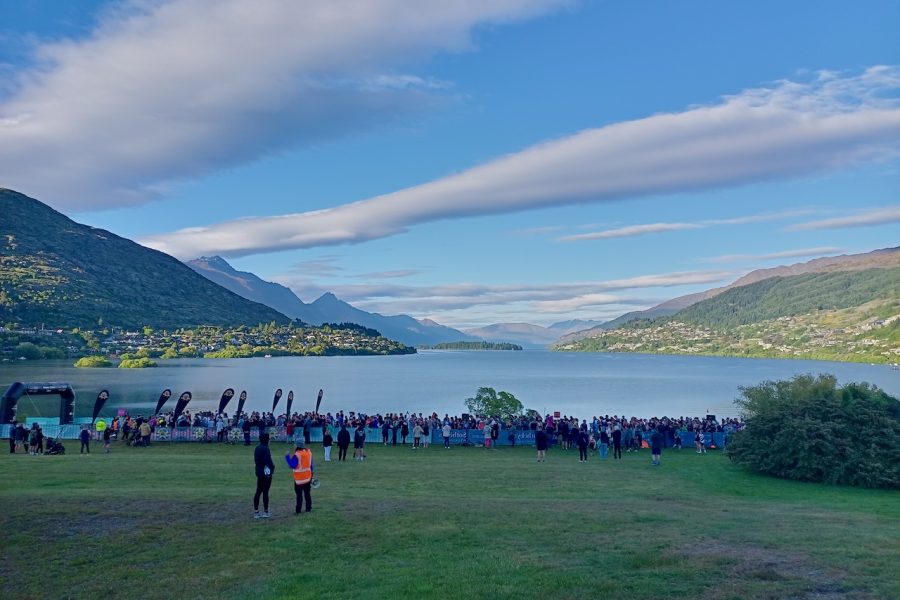 24th November 2023 Data / Hotels
24th November 2023 Data / HotelsQueenstown Marathon last Saturday lifted occupancy across the resort to a new 2023 high, according to figures from STR.
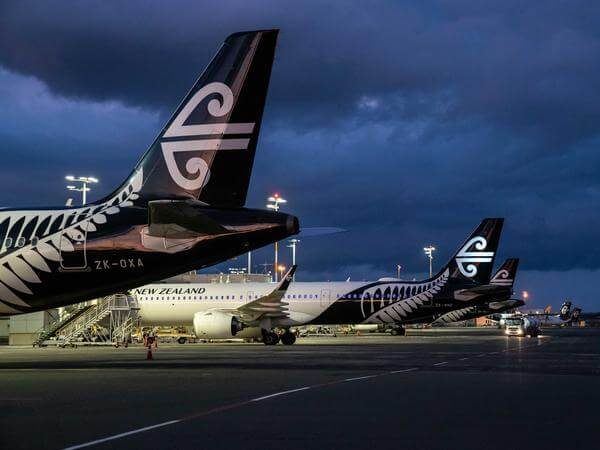 21st November 2023 Air NZ / Data
21st November 2023 Air NZ / DataAir New Zealand carried almost 1.28 million passengers in October 2023, up 2.4% on the same month last year.
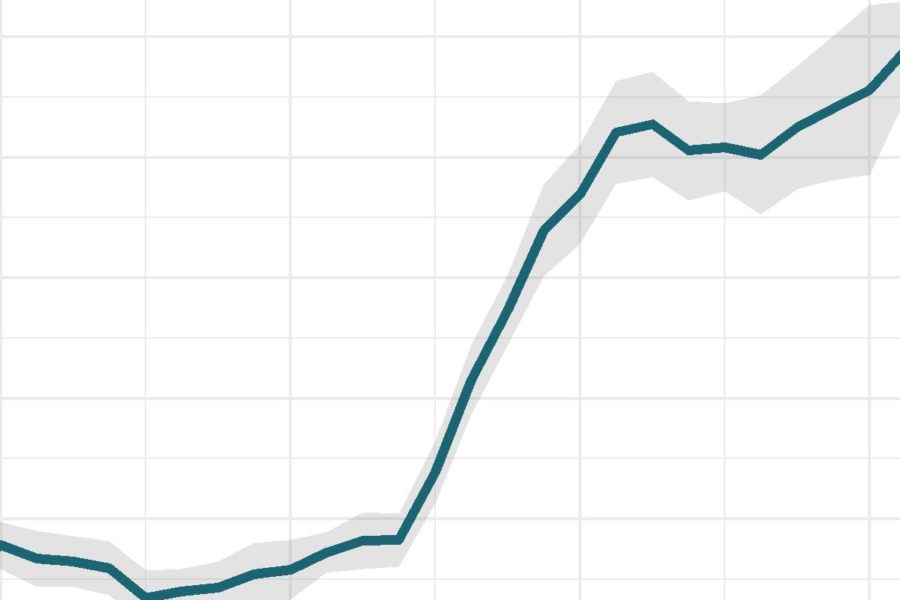 20th November 2023 Data / TDLG
20th November 2023 Data / TDLGThe Tourism Data Leadership Group expects to call for registrations of interest before Christmas for the supply of new domestic tourism insight.
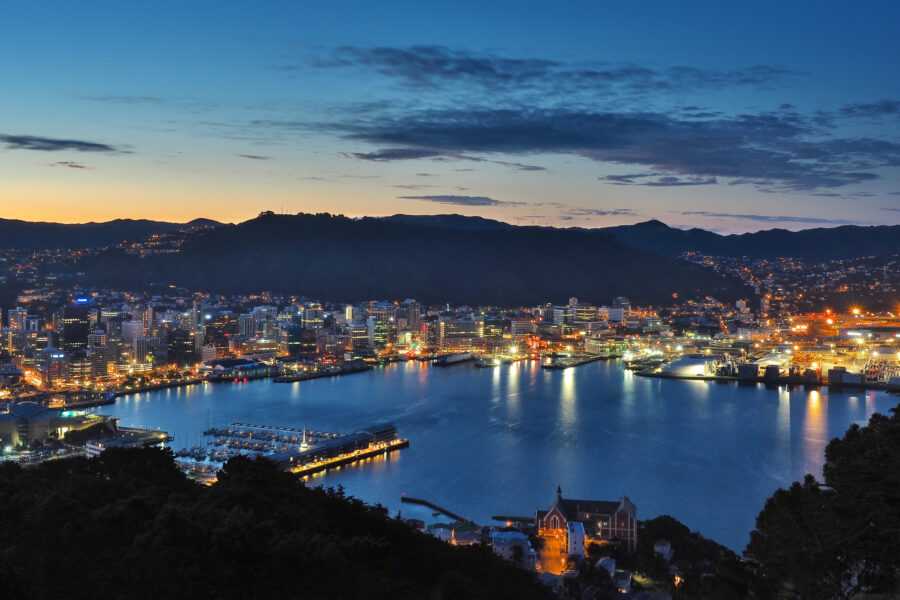 17th November 2023 Data / Hotels
17th November 2023 Data / HotelsThere may be political limbo in Wellington following the 14 October general election, but at least the capital’s hotel market appears to be exiting spring on a consistent trend up, according to figures from STR.
 10th November 2023 Data / Hotels
10th November 2023 Data / HotelsChristchurch’s hotel market appears to be ending spring on a high, according to figures from STR.
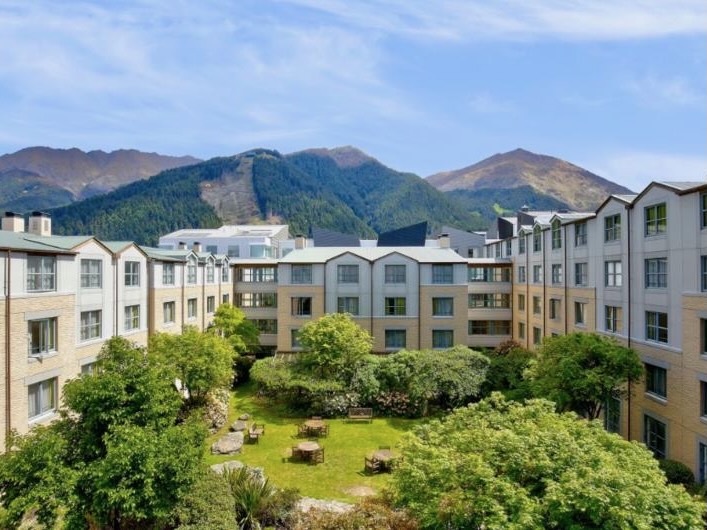 27th October 2023 Data / Hotels
27th October 2023 Data / HotelsQueenstown occupancy and average daily rate have been trending down since the 2023 high seen in early September, according to figures from STR.
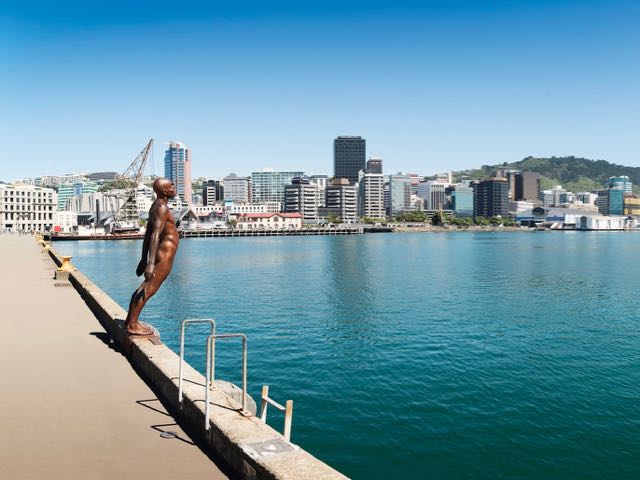 20th October 2023 Data / Hotels
20th October 2023 Data / HotelsAfter a decent start to spring for the capital’s hotels, Wellington has been sliding out of the season with steady falls in both occupancy and average daily rate over recent weeks, according to figures from STR.
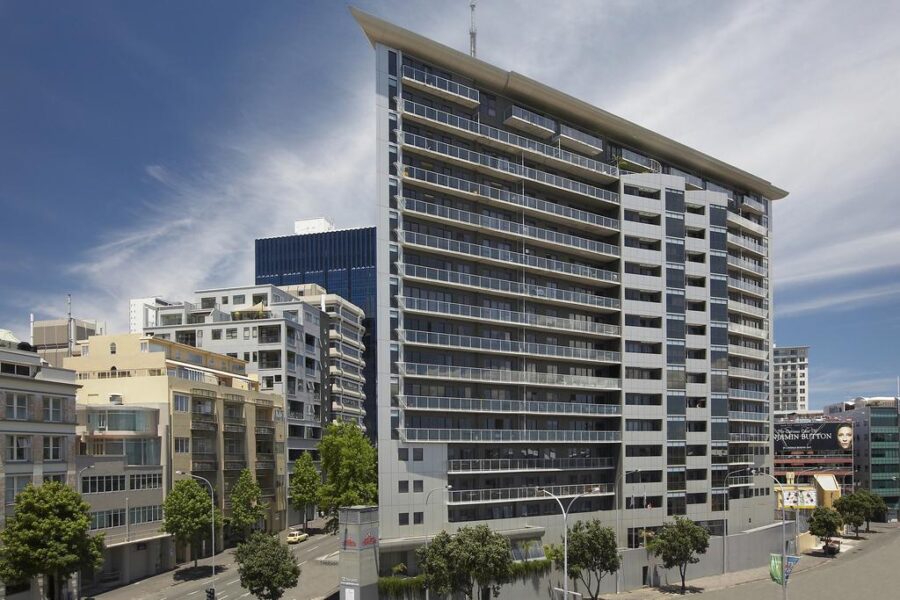 13th October 2023 Data / Hotels
13th October 2023 Data / HotelsOccupancy across New Zealand’s largest hotel market has fluctuated in spring between 60% and 75%, according to figures from STR.
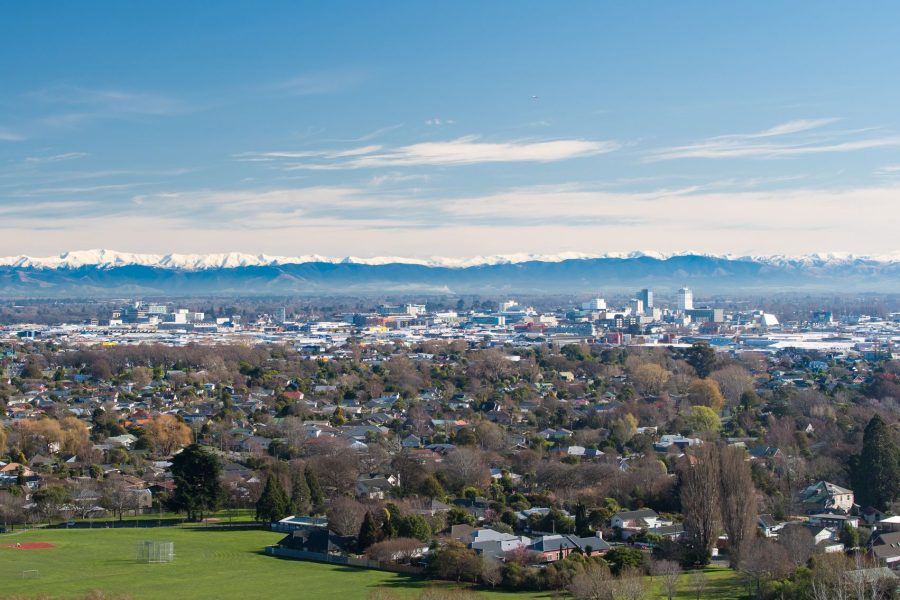 6th October 2023 Data / Hotels
6th October 2023 Data / HotelsAverage weekly occupancy and ADR across Christchurch has been relatively steady since the start of spring, according to figures from STR.
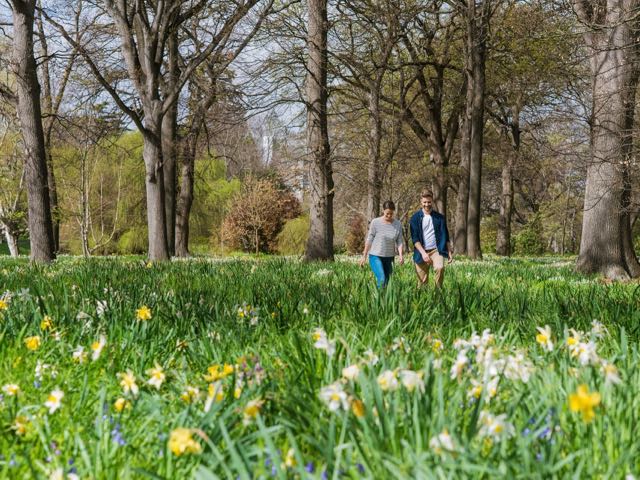 29th September 2023 Data / Hotels
29th September 2023 Data / HotelsNew Zealand’s hotels have seen a good start to spring with average weekly occupancy across the country rising from 62% for the first week in September to over 70% last week.
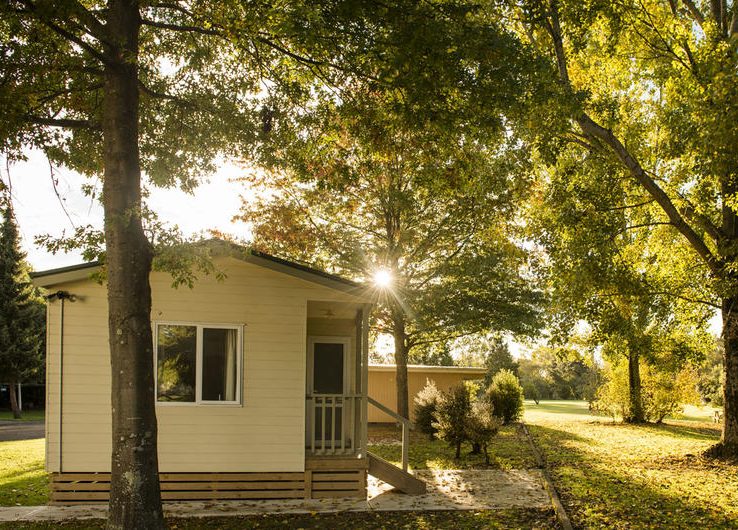 28th September 2023 Data / HPNZ
28th September 2023 Data / HPNZBusiness confidence in New Zealand’s holiday parks sector is on the rise again, with 72% currently feeling optimistic about the market right now.
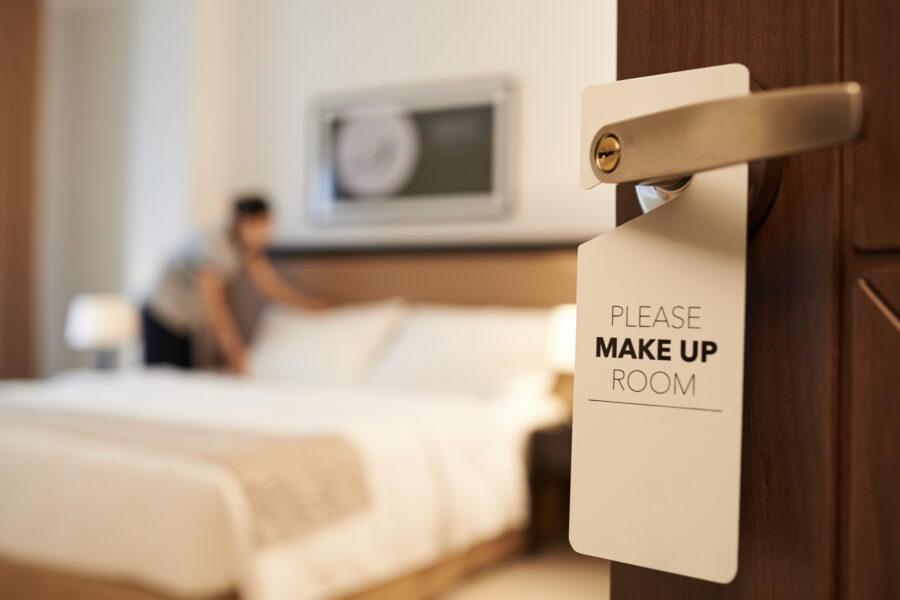 28th September 2023 Data / Employment
28th September 2023 Data / EmploymentThe number of tourism-related filled jobs jumped significantly in August 2023 compared to the same month last year, according to Stats NZ’s latest employment indicators.
 22nd September 2023 Data / Hotels
22nd September 2023 Data / HotelsChristchurch occupancy has been sliding steadily since mid-August, with little in the way of major events to give the city a boost.
 19th September 2023 Data / TDLG
19th September 2023 Data / TDLGThe Tourism Data Leadership Group’s four key initiatives to help fill significant insight gaps in the sector.
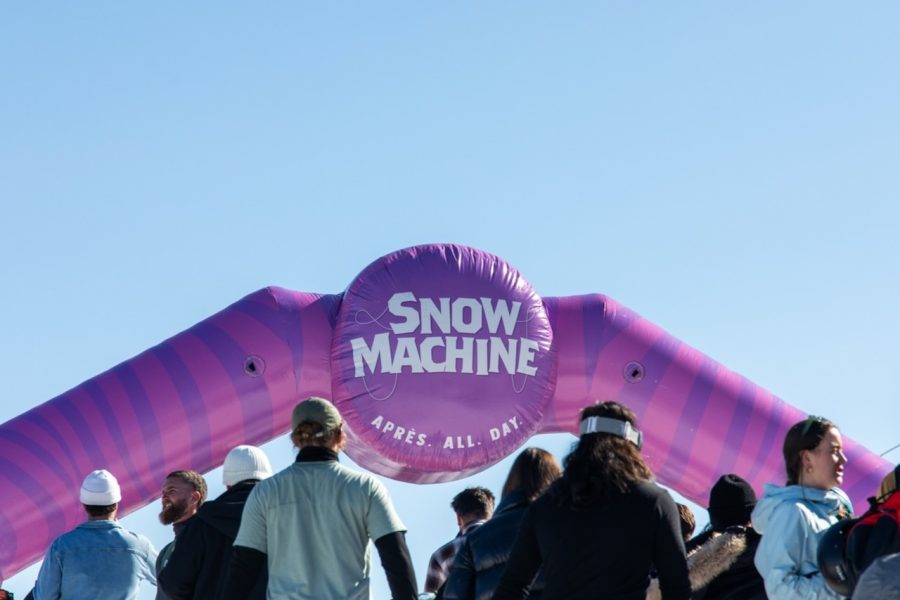 15th September 2023 Data / Hotels
15th September 2023 Data / HotelsThe Snow Machine music event and the Winter Games have helped lift hotel occupancy to a 2023 high across Queenstown, according to figures from STR.
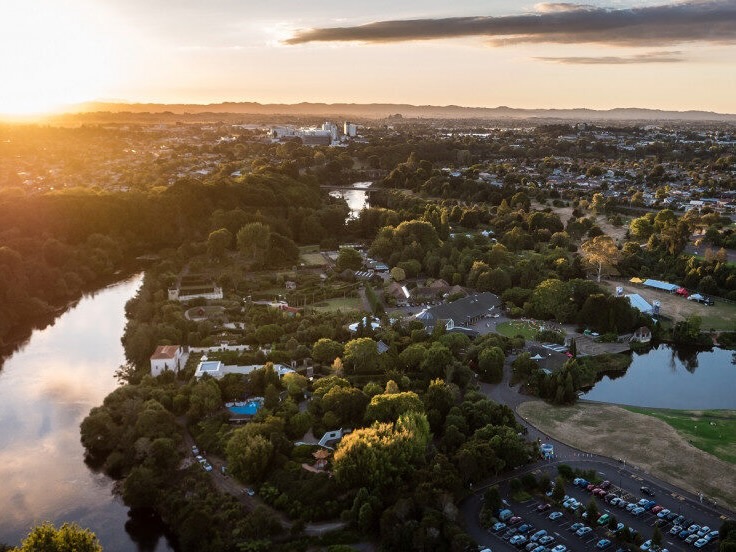 15th September 2023 Data / Spending
15th September 2023 Data / SpendingOverseas visitors to Hamilton spent $13m in the city in the June 2023 quarter, up $5.6m on the same time last year, according to the city’s council.
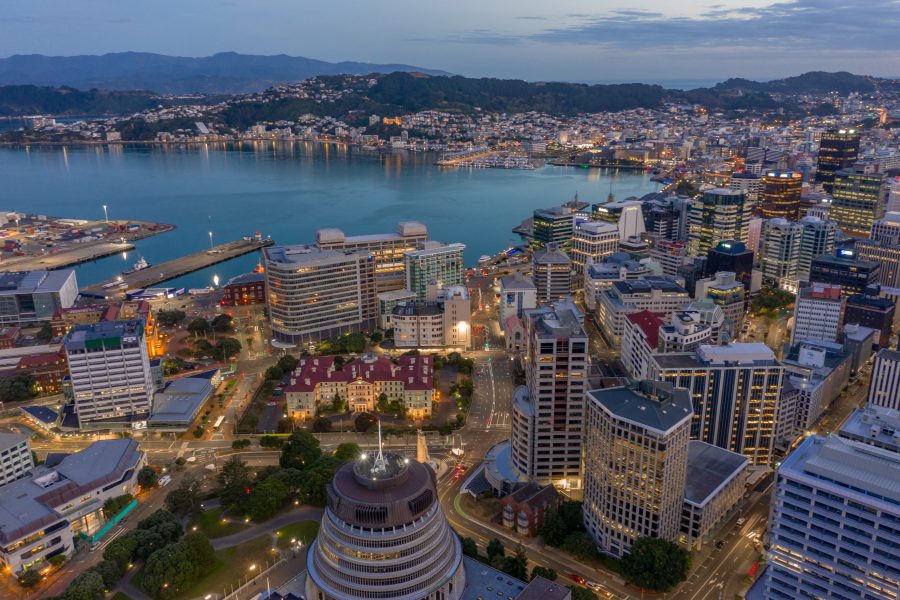 8th September 2023 Data / Hotels
8th September 2023 Data / HotelsWhile Wellington enjoyed a sharp jump in occupancy and ADR during the early stages of the FIFA Women’s World Cup in late July, those metrics have been sliding since, according to figures from STR.
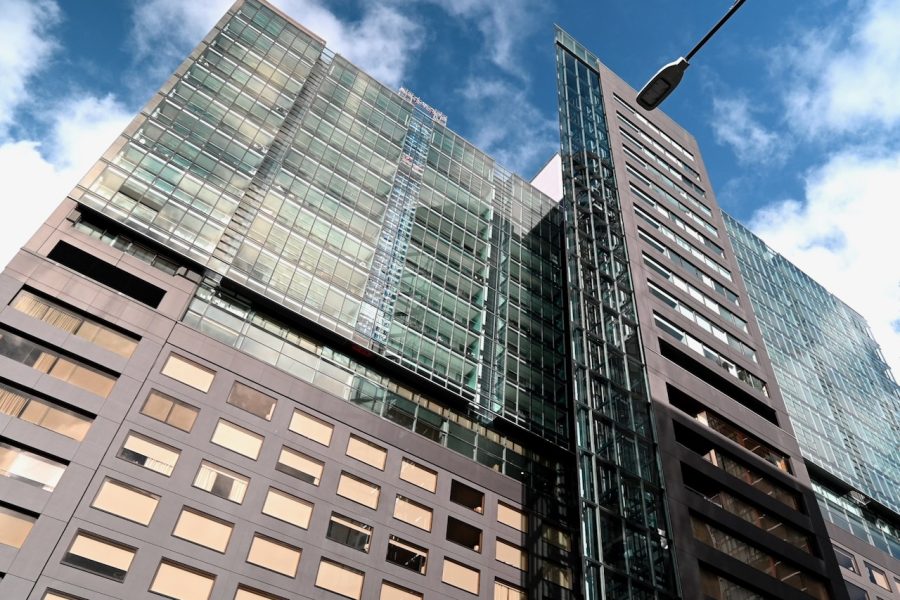 1st September 2023 Data / Hotels
1st September 2023 Data / HotelsHotel occupancy across the city has been falling since late July but is still much better than last year.
 28th August 2023 Data / Employment
28th August 2023 Data / EmploymentAccommodation and food services jobs rose by 12,310 jobs in July 2023, up 8.4% on the same month last year, according to Stats NZ’s latest employment indicators figures.
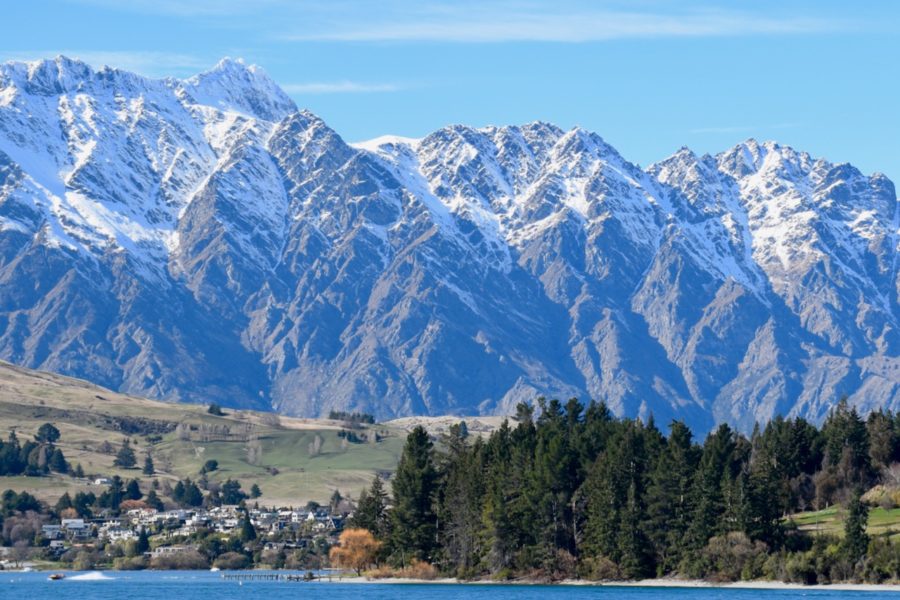 25th August 2023 Data / Hotels
25th August 2023 Data / HotelsQueenstown’s hotels are finishing the winter months on a new high, according to figures from STR.
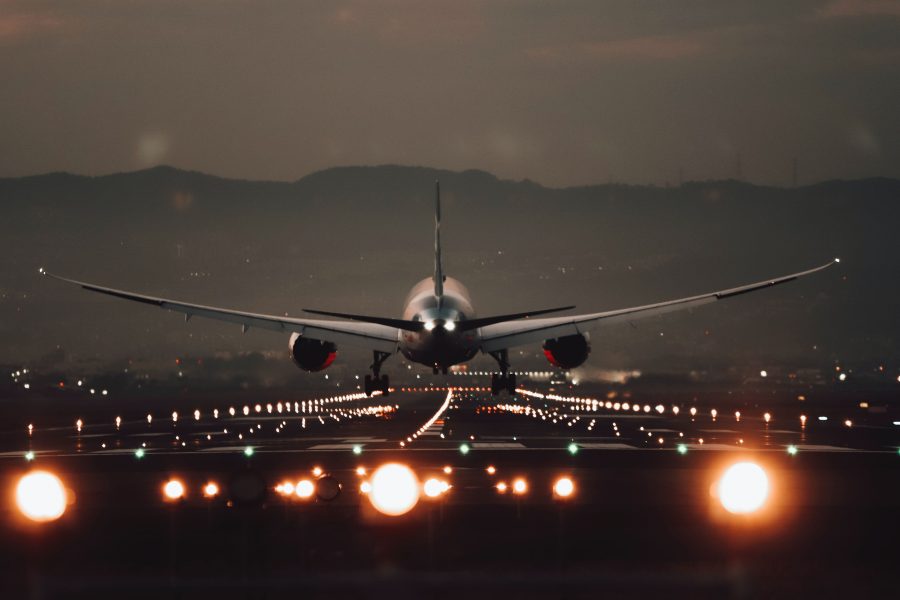 22nd August 2023 Data / Recovery
22nd August 2023 Data / RecoveryLow tourism numbers, expensive flights, rising interest rates and other costs are contributing to a sluggish tourism recovery, according to respondents in a survey by former Bank of New Zealand chief economist Tony Alexander.
 18th August 2023 Data / Hotels
18th August 2023 Data / HotelsAverage weekly occupancy across New Zealand’s hotels started to slide in August from a late-July high, according to figures from STR.
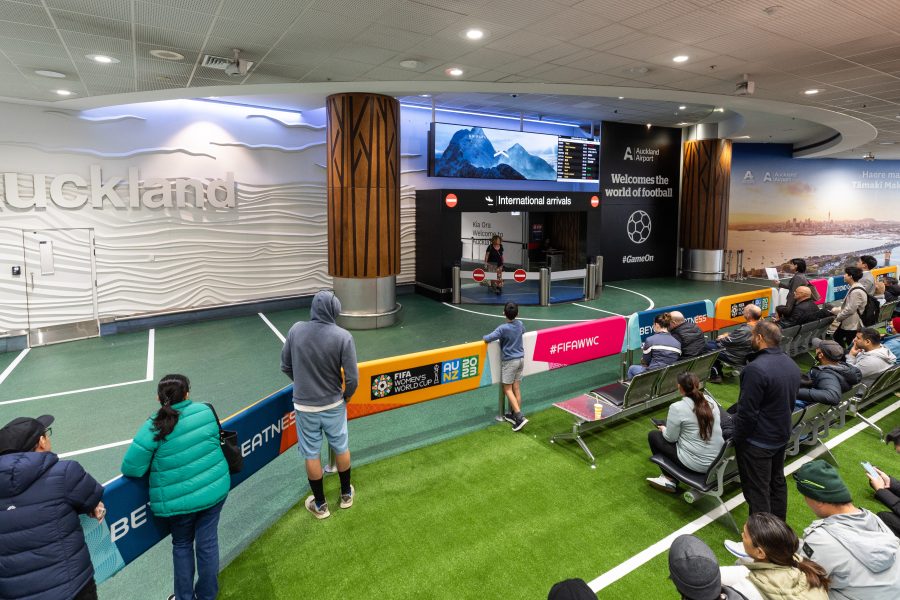 17th August 2023 Auckland Airport / Data
17th August 2023 Auckland Airport / DataInternational and domestic passenger movement at Auckland Airport during July have seen a healthy bump due to the school holidays and arrivals for the FIFA Women’s World Cup.
 11th August 2023 Data / Hotels
11th August 2023 Data / HotelsDespite not hosting any FIFA Women’s World Cup matches, Christchurch’s hotels still appear to benefiting, according to figures from STR.
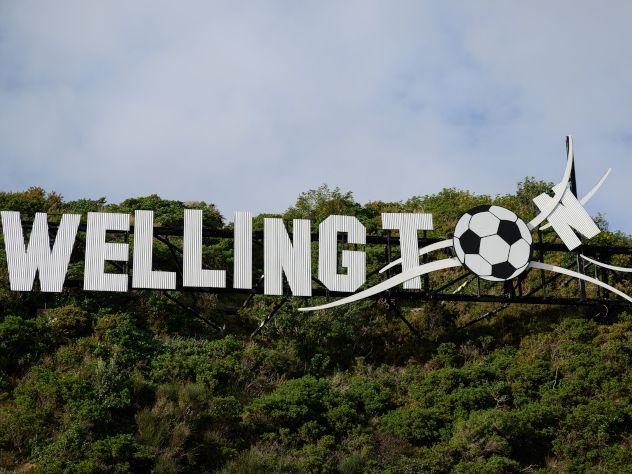 4th August 2023 Data / Hotels
4th August 2023 Data / HotelsThe capital has enjoyed a sharp increase in hotel occupancy and ADR since the start of the FIFA Women’s World Cup.
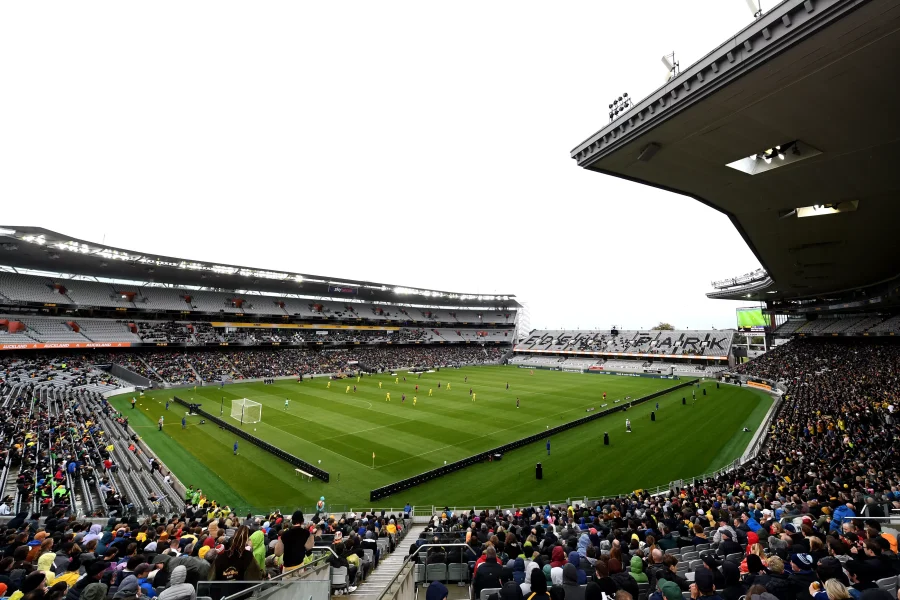 28th July 2023 Data / Hotels
28th July 2023 Data / HotelsA big week of sport has given Auckland’s hotels a nice mid-winter boost, with occupancy nearing 76%, according to figures from STR.
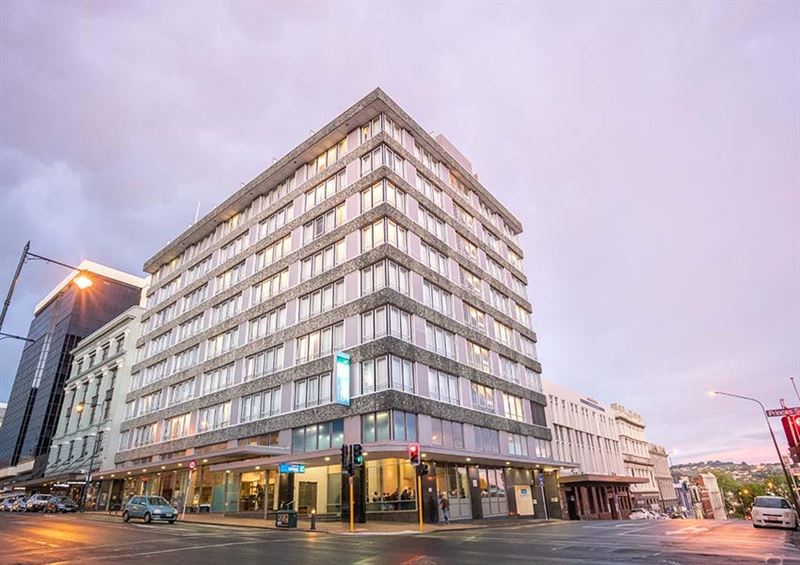 21st July 2023 Data / Hotels
21st July 2023 Data / HotelsAverage weekly occupancy across New Zealand’s hotel market dipped last week, according to figures from STR.
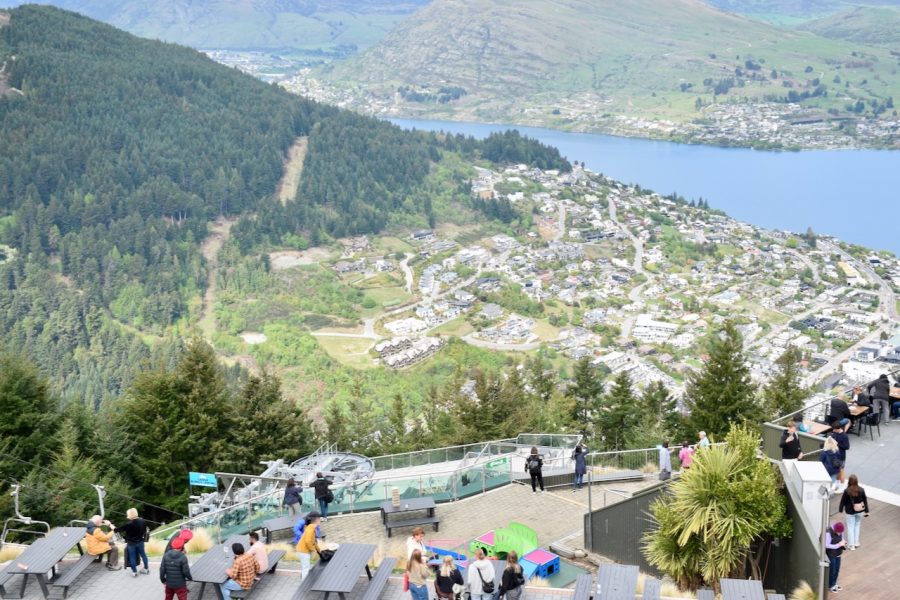 19th July 2023 Data / Survey
19th July 2023 Data / SurveyOperators will need to be on their game this spring and summer as competition heats up for Kiwi and Australian visitors.
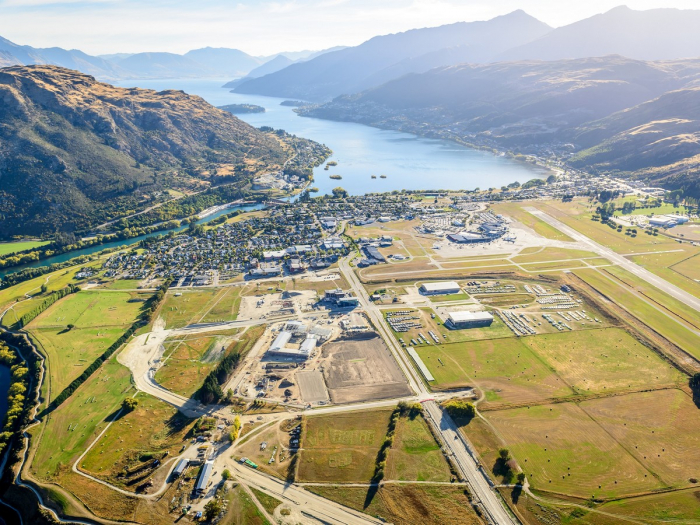 18th July 2023 Data / QAC
18th July 2023 Data / QACQueenstown Airport has reported 163,152 passenger movements for June 2023, or about 109% of that recorded for the same month in pre-Covid 2019.
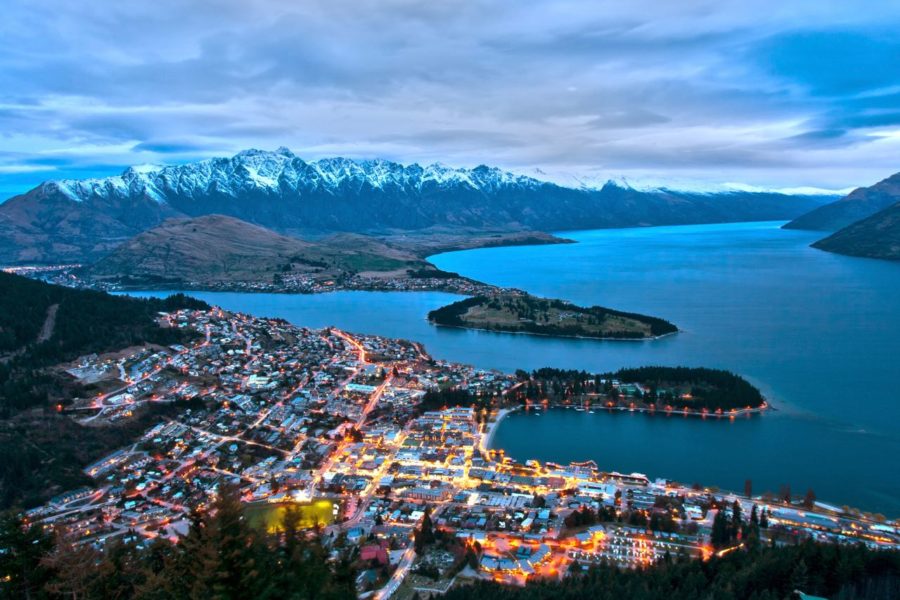 13th July 2023 Data / Hotels
13th July 2023 Data / HotelsQueenstown’s hotels are enjoying a good mid-year holiday period with average weekly occupancy hitting a 2023 high last week, according to figures from STR.
 30th June 2023 Data / Hotels
30th June 2023 Data / HotelsAfter sliding following TRENZ in early May, Christchurch occupancy has seen a decent start to winter, according to figures from STR.
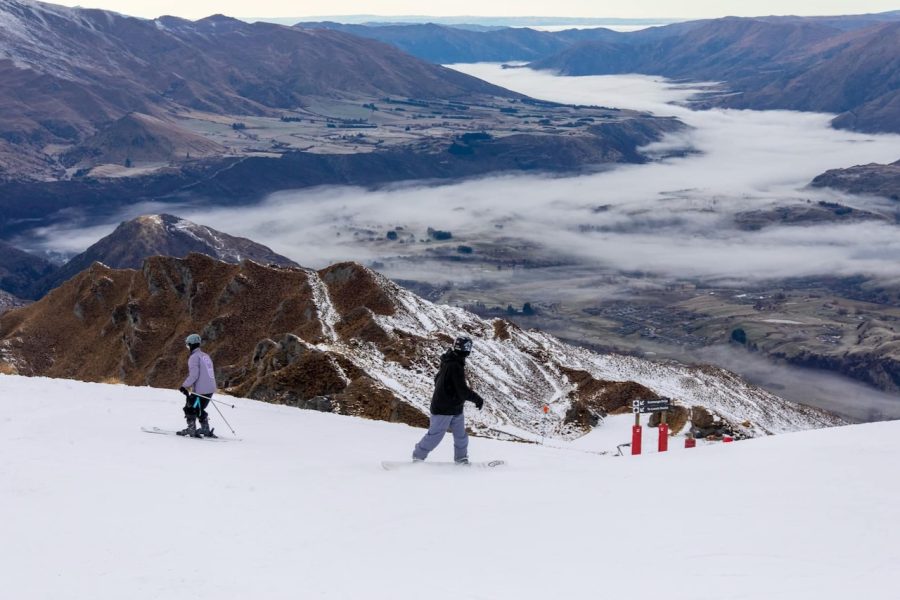 23rd June 2023 Data / Hotels
23rd June 2023 Data / HotelsThe opening of the ski season has finally turned around occupancy in Queenstown with the first consistent increases – albeit modest – seen since the Easter and school holidays in April.
 16th June 2023 Data / Hotels
16th June 2023 Data / HotelsWellington is the first of the major NZ hotel markets to record occupancy down on 2022.
 15th June 2023 Data / HWT
15th June 2023 Data / HWTThe vast majority say they have benefited from tourism, but they want more done to minimise its negative impacts.
 9th June 2023 Data / Hotels
9th June 2023 Data / HotelsHotel occupancy across New Zealand’s largest hotel market was steady over May, hovering around 65%, according to figures from STR.
 2nd June 2023 Data / Hotels
2nd June 2023 Data / HotelsAverage weekly occupancy across New Zealand’s whole hotel market was relatively stable over May and enters winter at around 60%, according to figures from STR.
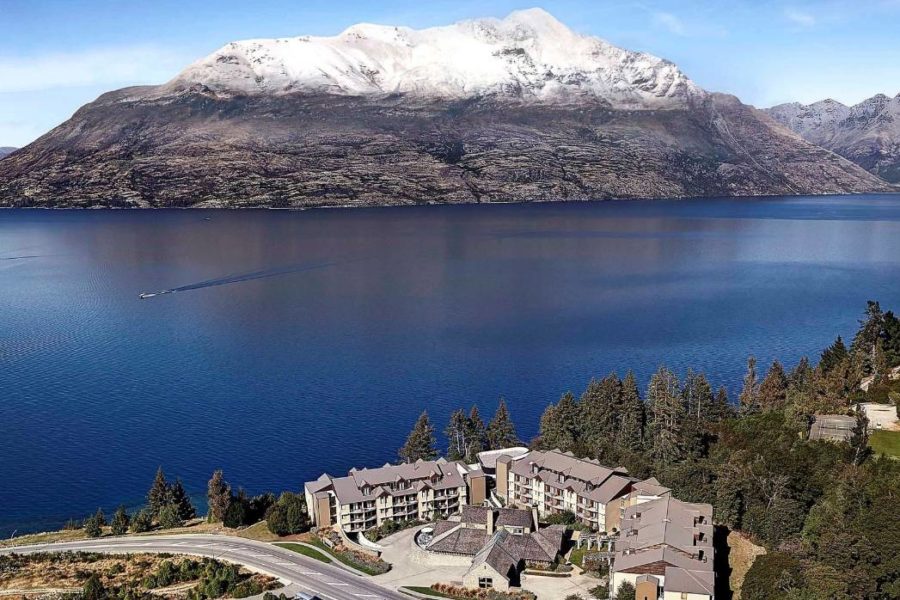 26th May 2023 Data / Hotels
26th May 2023 Data / HotelsQueenstown’s hotel market appears to have bottomed out with average weekly occupancy hovering around 56% for the past couple of weeks, according to figures from STR.
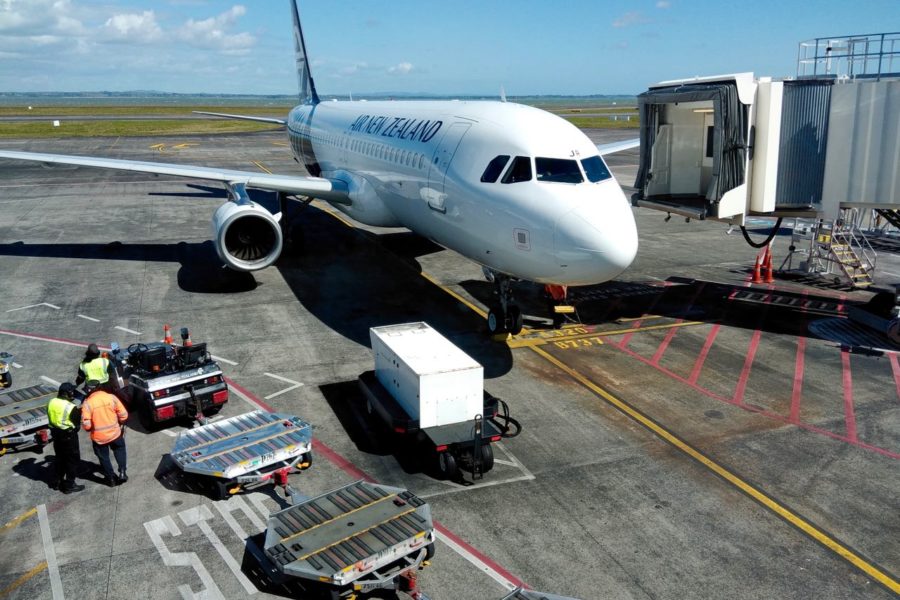 23rd May 2023 Air NZ / Data
23rd May 2023 Air NZ / DataAir New Zealand passenger numbers in the year to April 2023 reached 1.25 million, down just 12.6% on the 1.43 million carried in 2019.
 19th May 2023 Data / Hotels
19th May 2023 Data / HotelsTRENZ 2023 at Te Pae Christchurch saw the southern city report the best occupancy rates of the country’s major hotel markets.
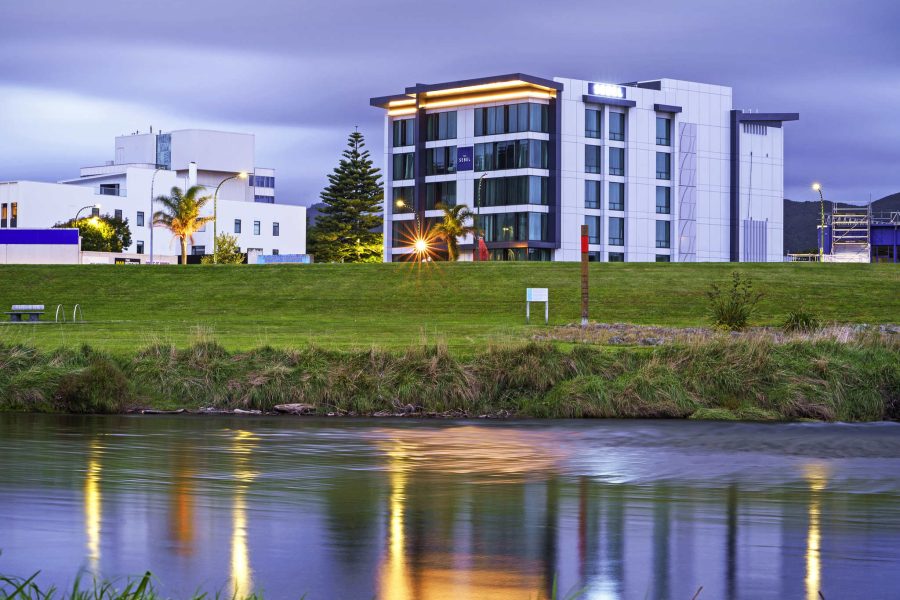 12th May 2023 Data / Hotels
12th May 2023 Data / HotelsWellington’s occupancy rate bounced back last week after sliding for most of March and April, although the lift may prove to be shortlived.
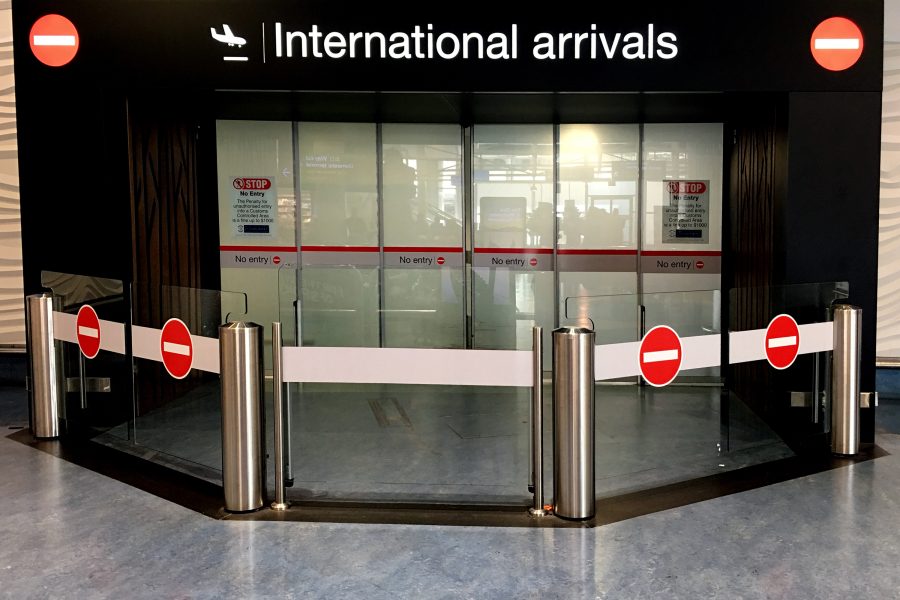 12th May 2023 Arrivals / Data
12th May 2023 Arrivals / DataInternational visitor arrivals in March are just shy of an 80% recovery compared to pre-Covid 2019, according to data from Stats NZ.